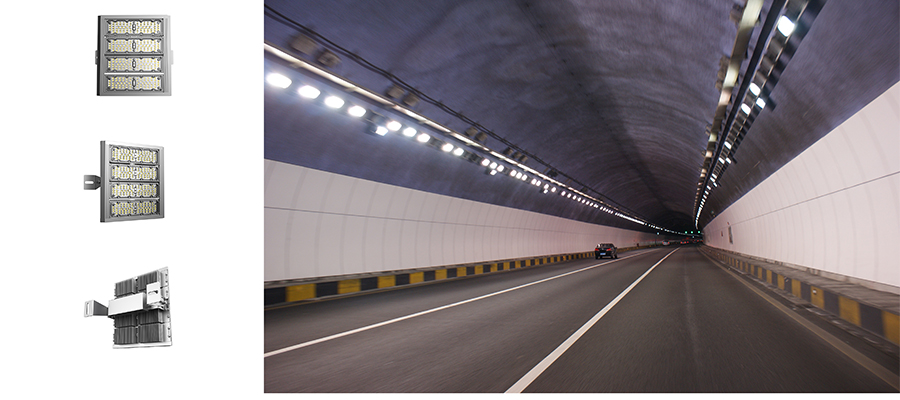The Significance Of Tunnel Lighting
2022-06-30
VIEW "2301
Tunnels are among the most complex and expensive infrastructure facilities. A good tunnel is a safe tunnel, so regulating safety and unhindered traffic flow is essential. The task of tunnel lighting is to provide the same safety and comfort of road traffic, as on open roads, at all times.
In tunnels, where access to maintenance is limited, reliable operation of the lighting system is of great importance. An aggravating tendency for tunnel lighting to work is the presence of increased humidity and exhaust gases in the air, the combination of which can lead to the formation of sulfuric or nitric acid. Lamps in such environments are exposed to a high risk of damage.
Regular maintenance can alleviate the problems, but closing the tunnel due to such works is impractical for logistical reasons and the high costs it entails. In such a demanding environment, the design and quality of the lamp are of vital importance, which contribute to its protection against the penetration of small particles and acids, resistance to vibration and reduce the chances of physical damage or overheating.

Tunnel lighting zones and their significance
The key task of the lighting system in the tunnel is to provide the driver with complete visual comfort at every stage of movement, as a necessary precondition for any safe driving. Tunnel lighting zones are defined according to the needs of visual perception of surrounding conditions by the driver. The adaptation zone is authoritative for adjusting the lighting in the tunnel itself and consists of the threshold zone and the transition zone. The total length of the adaptation zone depends on the driving speed and lighting parameters related to the approach and inner zone of the tunnel, which connects.
The threshold zone is the first section of the tunnel entrance. Usually, the frequency of traffic accidents in this zone of the tunnel is much higher than in other zones, and it is essential to provide conditions that enable the timely detection of possible obstacles. The transition zone continues to the threshold zone and there is a further, continuous, reduction of light intensity, to the level of illumination in the inner zone of the tunnel.

